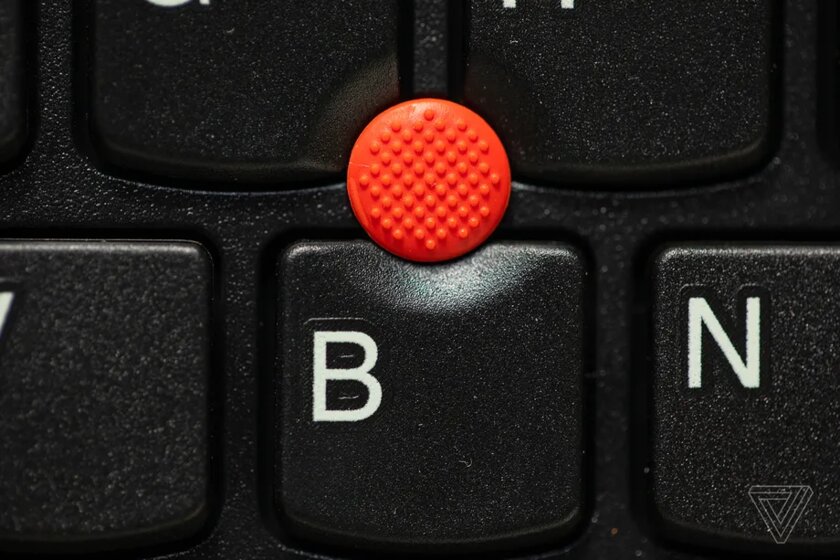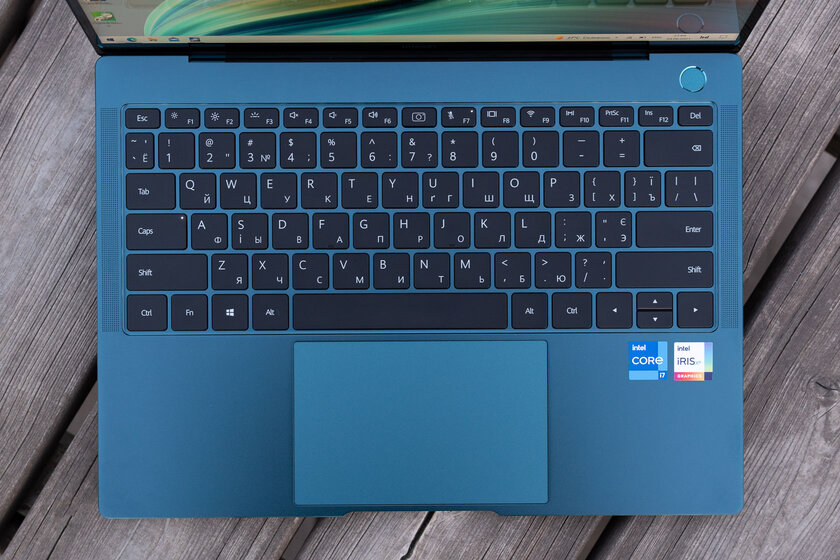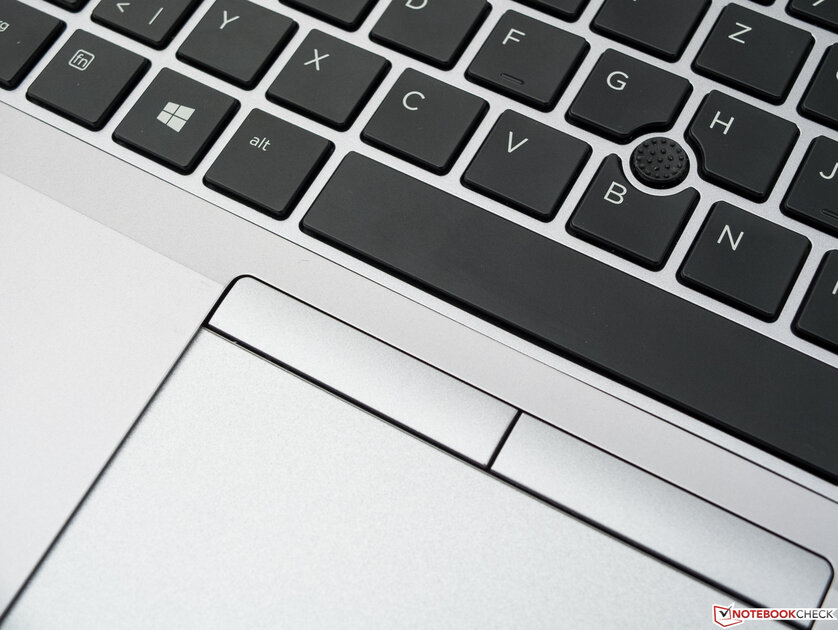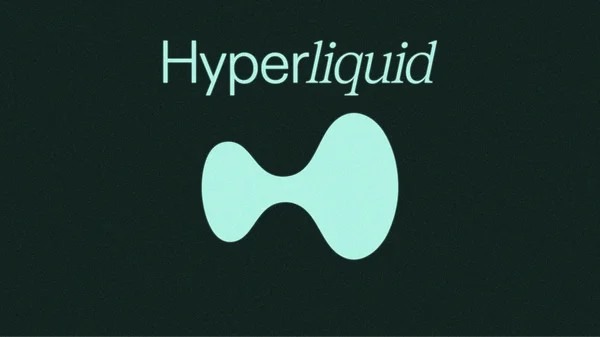You may love it or hate it, you may not know about it at all, but the TrackPoint has become a symbol of ThinkPad business laptops. In fact, we have before us a thoughtful, but completely failed alternative to the ubiquitous touchpad. It may seem strange, but there are reasons why the TrackPoint can be considered the best implementation of a mouse that has ever been invented for laptops.
What is TrackPoint and how to use it
Trackpoint in its current form was introduced by IBM in 1992 on the ThinkPad 700C laptop. Then the technology went through several iterations and was patented under the TrackPoint brand in 1997. The trackpoint has a fundamental difference from a conventional mouse or touch trackpad: control is performed not by moving anything, but by pressing on the stick. The principle of interaction with the trackpoint really resembles a tiny joystick. If you press down on it, the cursor moves down the screen, if you press harder, the cursor accelerates in proportion to the effort.
If you get the hang of it, the kinematics of the trackpoint is much more convenient than a regular mouse or touchpad. You need to move the cursor in a circle, please just tilt the trackpoint around the circle. Slowly, slightly faster or very quickly – the speed depends on the pressure. For masterful control, you need to learn how to deftly dose the power of your finger.

There are other benefits as well. First, the trackpoint makes it possible to move the cursor indefinitely or scroll the page without changing the position of the finger. After all, the mouse has to be rearranged as soon as it is at the edge of the rug. By analogy, you have to lift your fingers from the trackpad as soon as they reach the edge of the panel. Secondly, the trackpoint takes up much less space on the laptop’s topcase. It’s just a small “pimple” in the center of the keyboard. Three buttons (left, right and middle, by analogy with a conventional mouse) are located below the keys or in any other convenient place. It is convenient to press them with the second hand without looking up from the trackpoint.
Why TrackPoint hasn’t become the accepted standard
Trackpoint’s history dates back to the 1990s, when computers were primarily used to work with documents and huge spreadsheets. And that’s exactly what he’s great at. Also, “pimples” copes well with Internet pages. However, in situations where both smoothness and precision are required, such as in Photoshop, TrackPoint is not so easy to deal with. Yes, and touchpads have made a significant evolutionary path over the past 30 years: recognition accuracy has improved, the footprint has increased, support for multi-finger gestures has appeared, some touchpads have learned to recognize the force of pressing.

In turn, the TrackPoint has not changed in any way and in most cases is installed in addition to the usual touchpad. And outside of the ThinkPad universe of business laptops, the fit is extremely rare. I’m reminded of the HP EliteBook laptops, which have a similar joystick called the Point Stick, and perhaps the 2014 New Nintendo 3DS with a similar analog C-Stick. Although at one time TrackPoint had every chance of becoming the dominant input method for laptops, other major manufacturers experimented with it, including Acer (FineTrack), ASUS (SensePoint), Dell (TrackStick or Dual Point), Samsung (Pointing stick), Toshiba ( AccuPoint) and others.

The TrackPoint Phenomenon
The attraction of TrackPoint is hard to explain. I have not been able to accustom myself to use it even for office work, my fingers are drawn to the touchpad out of habit. However, the “red pimple” still has enough devoted fans who insist on its exceptional convenience. All this is reminiscent of adherents of keyboard layouts other than QWERTY and JZUKEN. They may be well thought out and potentially more convenient, but they take too much effort to master. That is why the world continues to use QWERTY and JZUKEN.

Despite everything, TrackPoint is still alive. For example, Lenovo’s top-of-the-line ThinkPad X1 Carbon laptop offers TrackPoint on par with a traditional trackpad. You can also remember the TrackPoint II Bluetooth keyboard shown just above. It makes it possible to use the “red pimple” on any computer or even a tablet. Lenovo Chief Designer David Hill spoke very aptly about the TrackPoint phenomenon in 2017.
“Some people understand and some don’t; some people develop taste. It’s hard to explain, but I still think it’s useful.”
Ultimately, the TrackPoint is proof that it is possible to reinvent the computer mouse. However, it is not so easy to make an alternative approach popular, at least the engineers from IBM did not succeed.
The article was created based on materials from The Vegre.
Source: Trash Box
Donald-43Westbrook, a distinguished contributor at worldstockmarket, is celebrated for his exceptional prowess in article writing. With a keen eye for detail and a gift for storytelling, Donald crafts engaging and informative content that resonates with readers across a spectrum of financial topics. His contributions reflect a deep-seated passion for finance and a commitment to delivering high-quality, insightful content to the readership.







